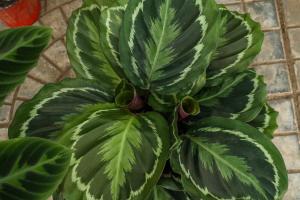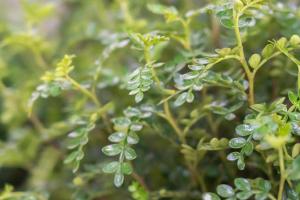What are those little fleas on potted plants
You may have noticed small, jumping insects on the soil of your potted plants. These tiny pests are commonly known as soil fleas or springtails.
What are springtails?
Springtails are small wingless insects that belong to the order Collembola. They are found in almost all soils, but are particularly common in moist environments such as damp soil, decaying plant material and moss. They can range in size from 0.25 to 6mm and are typically grey, black or brown in colour.
What do springtails eat?
Springtails are detritivores, which means they feed on decaying organic matter. This could include dead plant material, fungi and bacteria. They also consume the microorganisms that live in the soil. Generally, springtails do not cause any harm to your plants as they do not feed on living tissue.
Why do springtails jump?
Springtails earn their name from their unique ability to jump. They have a forked appendage called a furcula that is located on the underside of their abdomen. When threatened, the springtail will release the furcula, which propels them upwards and away from danger. The furcula snaps back into place after the jump, allowing the insect to jump multiple times as needed.
Are springtails harmful to plants?
While springtails generally do not cause any harm to plants, there are some situations where their presence could be problematic. In large numbers, springtails can interfere with the germination process and prevent seedlings from growing. They can also cause damage to roots, especially if the roots are already weakened or damaged. Additionally, springtails can be an indicator of excessively moist soil, which could lead to root rot or other fungal diseases.
How can you control springtails?
If you notice an infestation of springtails on your potted plants, there are a few things you can do to control their population. First, ensure that your plants are not overwatered and that the soil is well-draining. Reduce the amount of organic matter on the soil surface to discourage their presence. You can also introduce predatory insects such as mites, nematodes or certain types of beetles that feed on springtails. Alternatively, you can use an insecticidal soap or neem oil to control the population.
Conclusion
Springtails are tiny insects that are commonly found on the soil of potted plants. While they generally do not cause harm to the plants, they can be an indicator of soil moisture problems and can interfere with seed germination. There are several methods for controlling their population, including reducing organic matter on the soil surface, introducing predatory insects, or using insecticidal soaps.

 how many times do yo...
how many times do yo... how many planted tre...
how many planted tre... how many pine trees ...
how many pine trees ... how many pecan trees...
how many pecan trees... how many plants comp...
how many plants comp... how many plants can ...
how many plants can ... how many plants and ...
how many plants and ... how many pepper plan...
how many pepper plan...
































